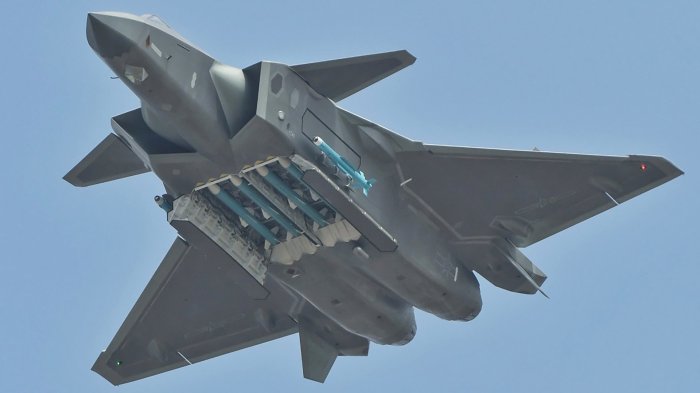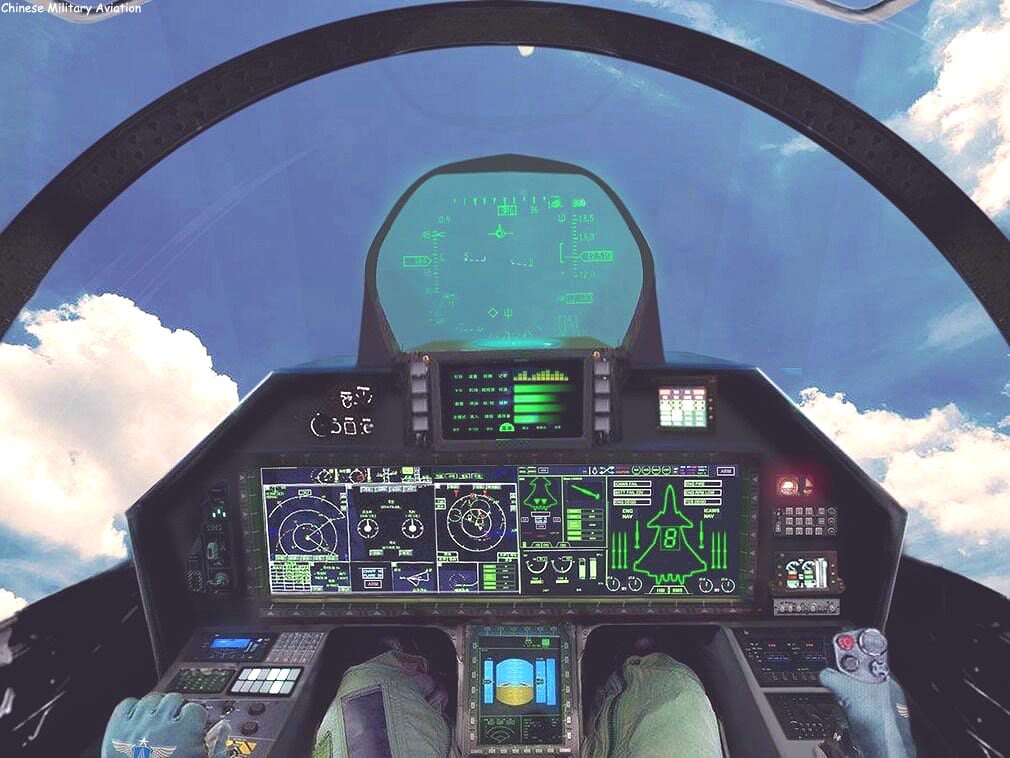
The Shenyang FC-31, also known as the J-31 or J-35 is a twin-engine, mid-size fifth-generation jet fighter currently under development by Shenyang Aircraft Corporation.
The official nickname published by SAC is “Gyrfalcon” although it has also been referred to in some media reports as the “Falcon Hawk” by some military enthusiasts.
This aircraft was developed independently by a state-owned company,with no input from the military.
The J-31 airframe was publicly unveiled on November 12, 2014 at Zhuhai Airshow.
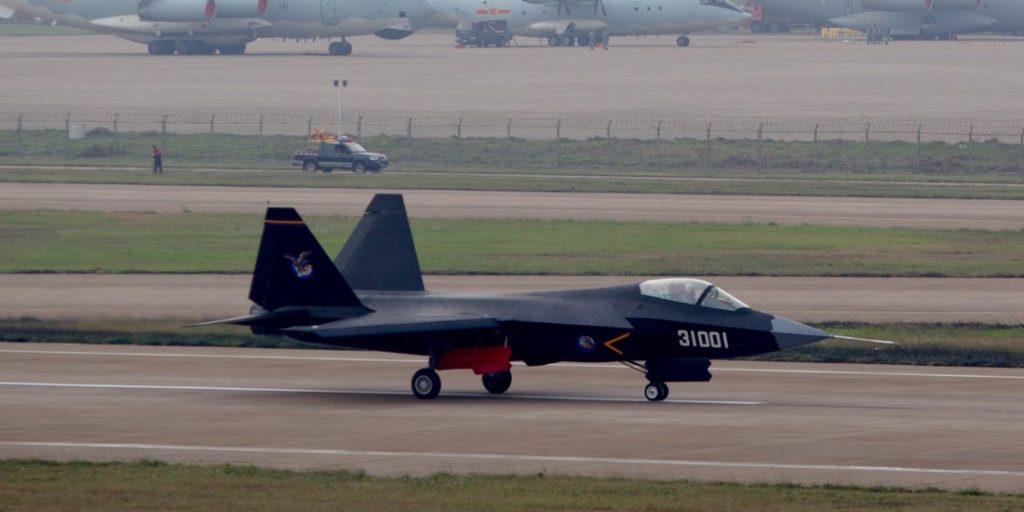
As typical in flight displays of fighter jets, afterburners were engaged throughout the manoeuvres. Some military observers claimed it to be evidence of aerodynamic inefficiencies, concluding that the aircraft “bleeds a lot of energy and the pilot had a hard time keeping the nose up.”
However, a large-scale model of the FC-31 on display did show some detail changes of configuration compared to the flying prototype.
Due to mixed reports from China, it is unknown as to whether the J-31 will be inducted as a carrier-based naval fighter, or only intended for foreign customers.
Officials from AVIC only said that the aircraft was intended for export as a competitor to the F-35. However, in one interview with China’s state media, the J-31’s chief designer Sun Cong expressed his hope that the aircraft would follow his J-15 onto China’s aircraft carriers.
An improved prototype, with modifications to the vertical stabilizers, wings, and airframe, an electro-optical targeting system, a larger payload, improvements in stealth, and upgraded electronics, made its maiden flight in December 2016.
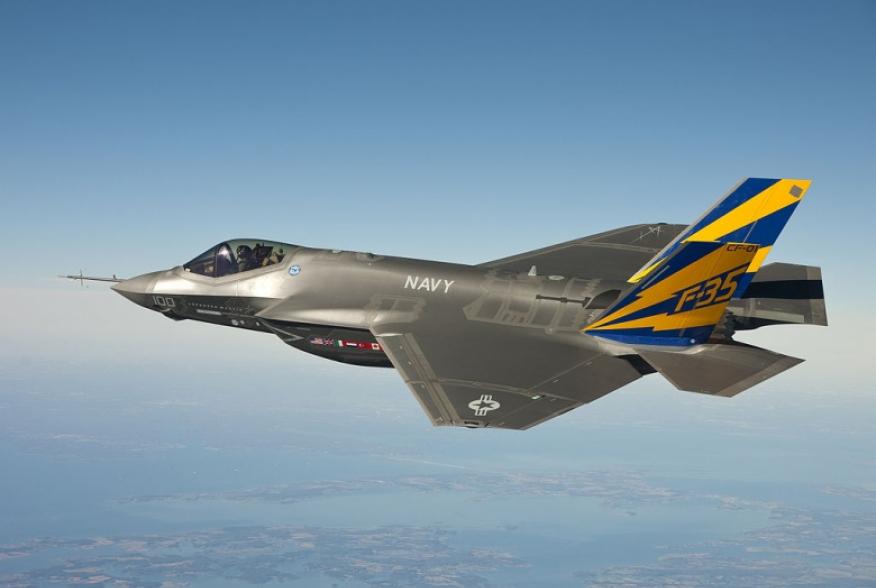
In November 2018, an Aviation Week article stated that the FC-31 program has received government funding and is being sought after by both the PLANAF and PLAAF, according to official sources.
In June 2020, reports surfaced that a third variant of FC-31, albeit a more production-ready version with smoother lines, bigger radar radome, and a closer alignment of control surfaces for reduce radar signature, has been developed.
The J-31 incorporates certain stealth characteristics such as forward-swept intake ramps, stealth coatings instead of “baked in” fibre-mat stealth and a two-piece canopy.
Officials from AVIC claim the aircraft to be stealthy against L-band and Ku-band radars, and would be low-observable against a number of multi-spectrum sensors.
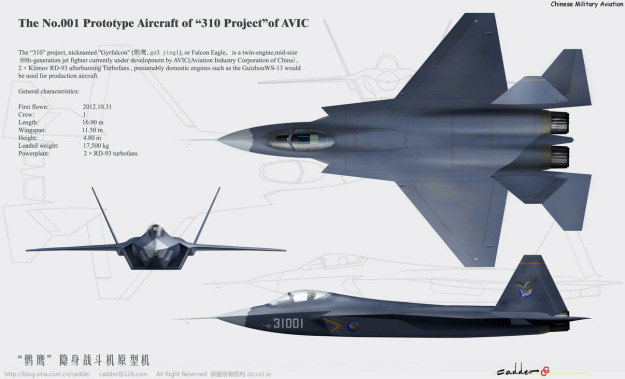
Payload
The J-31 can carry 8,000 kg (18,000 lb) of payload, with four munitions totalling 2,000 kg (4,400 lb) internally, and 6,000 kg (13,000 lb) carried on six external hard points; primary armaments include the PL-10 short-range missile and PL-12 medium-range air-to-air missile. 4 PL-21 missiles can also be fitted inside the J-31’s internal weapons bay. It has a combat radius of 648 nmi (746 mi; 1,200 km) and a maximum take-off weight of 25,000 kg (55,000 lb). (Wiki)
It is possible the J31 stealth fighter end up on Beijing’s new aircraft carriers. The plane’s size and weight may make it a good candidate for adaptation for naval use after the air force declined to commission it.
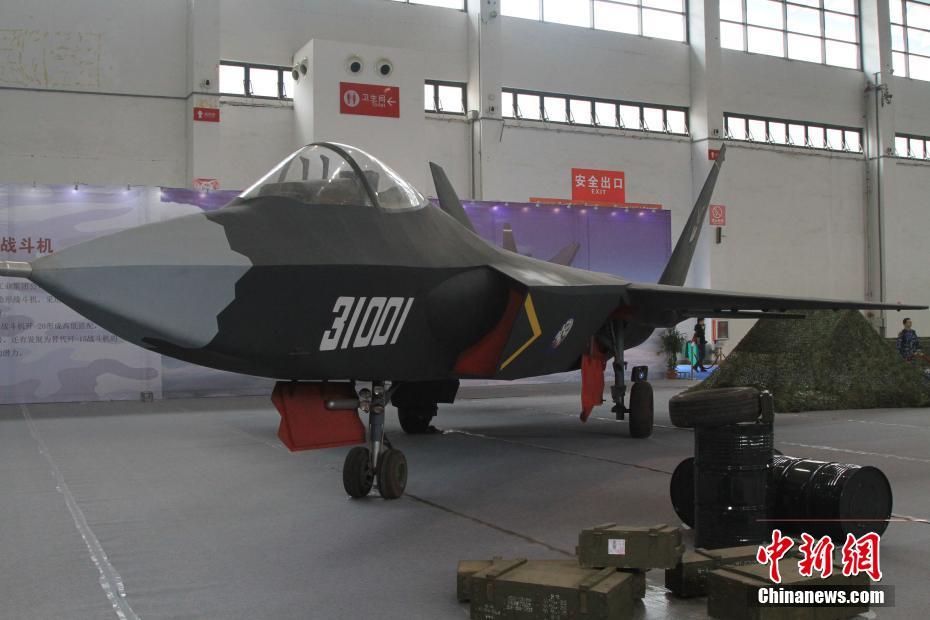
Will the Chinese J31 be a competitor to the American F35? Time will tell.

